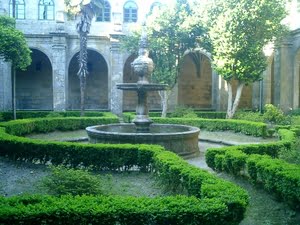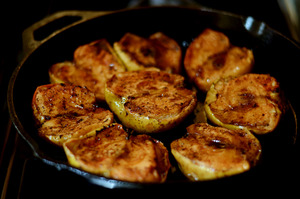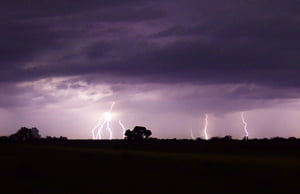Hedges can act as a privacy screens or demarcations between planting beds or different areas of the garden. They can also create beautiful labyrinths in a formal garden. Maintaining hedges in uniform height adds symmetry to a garden while shaping them in different forms provides additional visual appeal. Different types of shrubs are available to choose from that can add character to any garden.
Evergreen shrubs are ideal garden hedges, especially when privacy is an issue because their leaves do not shed even during winter. Choose from broad and narrow-leaved types that form dense hedges when planted close to each other. Boxwood (Buxus semperviens) is a popular evergreen shrub that is dense and multibranched and can form into a gumdrop shape. It can grow up to 20 feet tall with leathery, elliptical dark green leaves that measure up to 1 inch long. Its foliage emits a distinct fragrance and “bronze” when exposed in the cold during winter.
Inconspicuous flowers bloom between April and May. This shrub produces dehiscent (fruits that bursts open) three-chambered capsule fruits. Boxwood prefers moist, cool soil and full sun or light shade. It prunes easily and readily; however, pruning late in the season may put it at risk of winter injury. Boxwood does best when protected from winter winds, sun and cold.
Barberry (Berberis thunbergi), Cherry Laurel (Prunus caroliniana) and Sylvesia Juniper (Juniperus sylvestri) are other examples of evergreen shrubs used as hedges.
Deciduous Shrubs
Autumn Olive (Elaeagnus umbellate) is an example of a deciduous shrub that makes an ideal garden hedge. A woody shrub that can grow up to 20 feet, Autumn Olive produces yellow to cream colored spring-blooming flowers and produces red berries in the early fall. Flowers measuring 0.5 inch long appear in five to ten axillary clusters. The fragrant flowers have silvery “scales” on them that shimmer when hit by sunlight.
Alternate, elliptic to ovate, dark green leaves measure up to 3 inches long and 1.25 inches wide. The undersides of the leaves have grayish or silver “scales” and have wavy, untoothed margins.
Autumn Olive is an invasive, fast-growing plant; however, it does not spread by root suckering. It is ideal for creating windbreak hedges.
Alpine Currant (Ribes alpinum), Dogwood (Golden Glory Corneliancherry) and Regel Privet (Ligustrum obtusifolium var. regelianum) are other deciduous shrub hedges.
Although flowering shrubs come as evergreen or deciduous, they are most notable for their blooms than their foliage. Flowering shrubs attract wildlife such as butterflies, hummingbirds and bees. Many flowering shrubs, such as several species of viburnum, bear fruits and produce colorful berries which last through fall and winter.
Viburnum ‘Mohican’ (Viburnum lantana ‘Mohican’) is a medium growing, flowering shrub that matures to about 12 feet tall by 12 feet wide, but sometimes larger. Thick, leathery, broad-elliptical to ovate leaves vary in color from very dark green, dark gray-green or dark blue-green. Leaves have a rough texture and coarse serration. Flat-top creamy-white flowers bloom in early May and measure up to 4 inches in diameter.
Viburnum Mohican is deciduous by early winter, but evergreen in warmer climates. Leaves turn purplish or reddish during fall. Growing under full sun to partial shade, Viburnum Mohican is adaptable to poor soils, but prefers well-drained soil.
Spirea ‘Japanese White’ (Spiraea albiflora), Hydrangea Annabelle (Hydrangea arborescens ‘Annabelle’) and Gold Cluster Forsythia (Forsythia ‘Courtaneur’) are other flowering shrubs that will make beautiful hedges.





